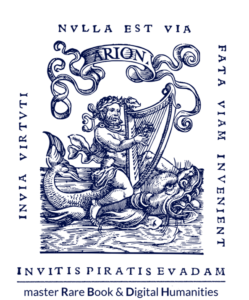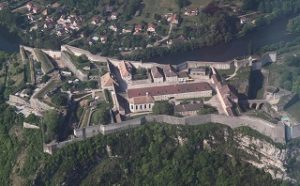My interest in digital humanities started almost four years ago. After my work at the cataloging and metadata services departments of academic libraries in Beyrouth, American University of Beirut and Lebanese American University, I chose to join the master’s program Rare Books and Digital Humanities at Université Bourgogne Franche-Comté, to deepen my knowledge in the early book culture and to acquire advanced computational skills necessary to help bridge the gap between scholars and content by displaying information embedded in rare books and manuscripts.
In my daily work as a cataloger, while assigning metadata for library materials whether it was digital or analog, I used to try as much as possible to have the mentality of the user (the student, faculty member, researcher etc.) especially when dealing with rare library material such as rare books or old serial publications. Here the tiniest detail can be a topic of interest for any researcher, and this made me realize that as information specialists we have a collective responsibility towards preserving our cultural and historical heritage in a sustainable way to be available for generations to come. Our job as librarians isn’t only to deliver information and make it accessible through digitizing it and assigning the necessary metadata. I believe that there is a pressing need to structure and display digital scholarship in a way that allows researchers to visualize data clearly enabling them to find answers for their various research questions and to dive deeper into the content of the source.


